SARS vs. Coronavirus COVID-19, What Are the Differences?

Read all articles about coronavirus (COVID-19) here.
COVID-19 and SARS do originate from the same big virus umbrella, namely the coronavirus. However, both have significant differences. Let’s get to know the difference between the coronavirus that causes SARS and the virus that causes COVID-19.
The difference between the COVID-19 coronavirus and SARS
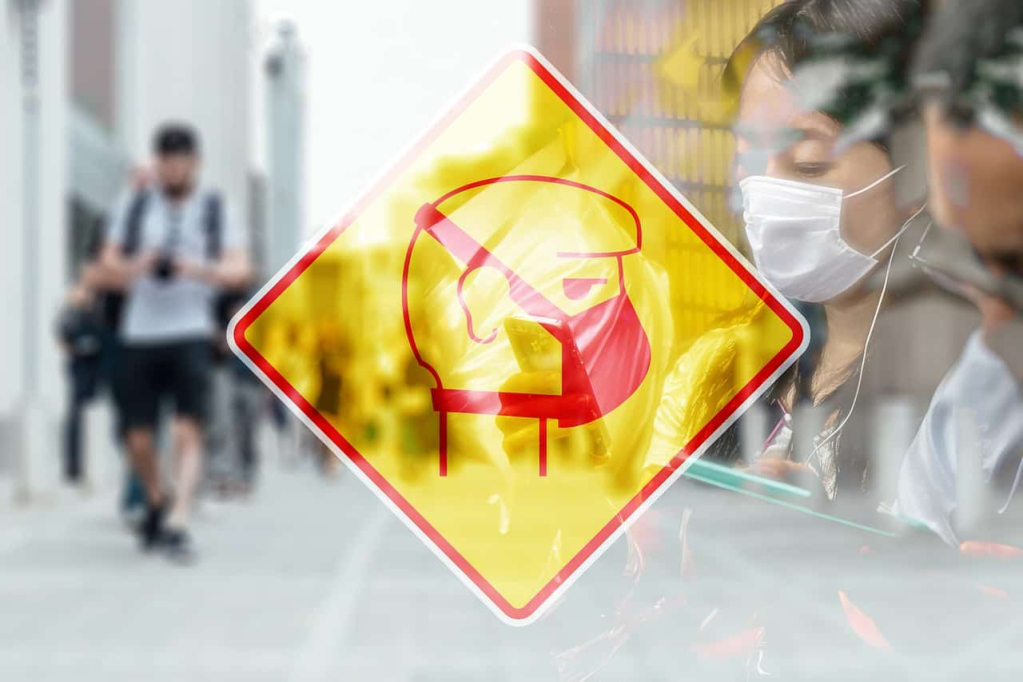
The COVID-19 outbreak, which was first discovered in Wuhan, China, is often compared to SARS, which made the world uneasy in 2003.
Both also originated from the same country, namely China. However, as you know, the virus that causes COVID-19 is known as SARS-CoV-2 and is a new strain.
Therefore, experts initially could not identify the type of virus that causes COVID-19. However, they knew that the virus originated from a coronavirus similar to SARS and MERS.
Here are some of the differences you can recognize regarding COVID-19 and SARS.
1. The symptoms caused
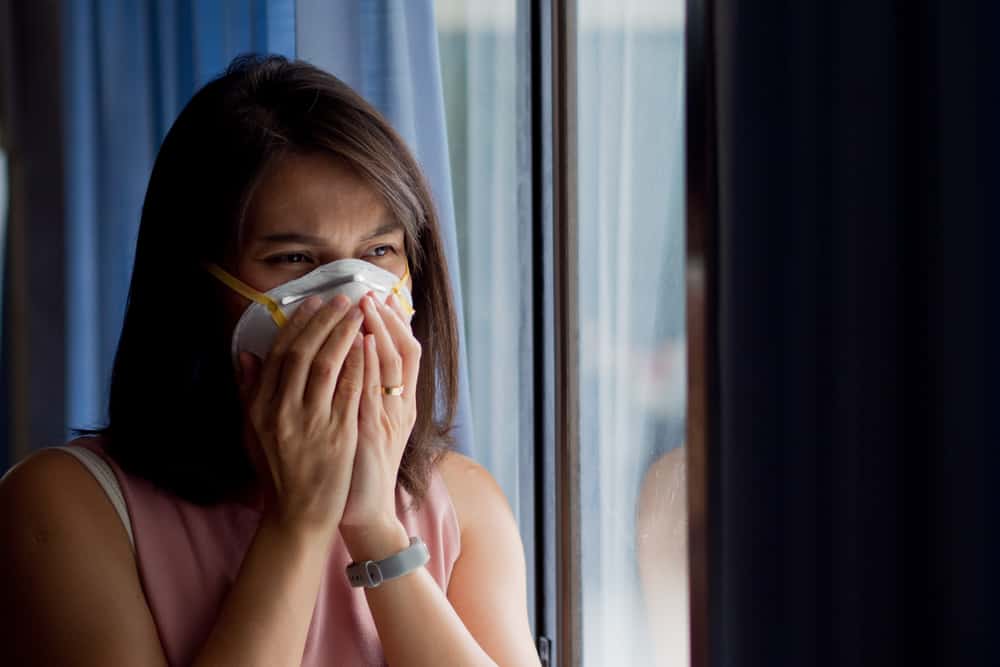
One of the differences between the COVID-19 coronavirus and SARS that is quite visible is the symptoms they cause.
Even though the symptoms of COVID-19 and SARS look similar and both attack the respiratory system, they both have slight differences.
According to CDC, the general symptoms experienced by COVID-19 positive patients are quite similar to other diseases, such as:
- fever over 38 C
- dry cough
- hard to breathe.
Meanwhile, patients suffering from SARS experience more varied symptoms, such as:
- fever
- cough
- body feels weak and painful
- headache
- hard to breathe
- diarrhea
At first glance it looks the same, but in some cases there have been patients who have tested positive for COVID-19 without showing any symptoms. However, these patients can still pass the virus on to others.
Therefore, the COVID-19 and SARS coronavirus can be distinguished by symptoms that do look similar, but are actually different.

2. The severity

Apart from symptoms, another difference that is quite visible between the COVID-19 coronavirus and SARS is the severity. The number of COVID-19 cases is indeed much higher than SARS.
However, it is estimated that there are 20% of COVID-19 patients who need to be hospitalized and some of them need a breathing apparatus, such as a ventilator. This is because most patients develop serious illness due to viral infections, such as pneumonia.
Meanwhile, SARS caused more severe conditions in general than COVID-19. It is estimated that 20 to 30% of SARS patients will need a ventilator during treatment.
However, estimates of the COVID-19 death rate will vary, given that the number is still increasing and depends on other factors. Starting from the condition of the infected country to the characteristics of the population.
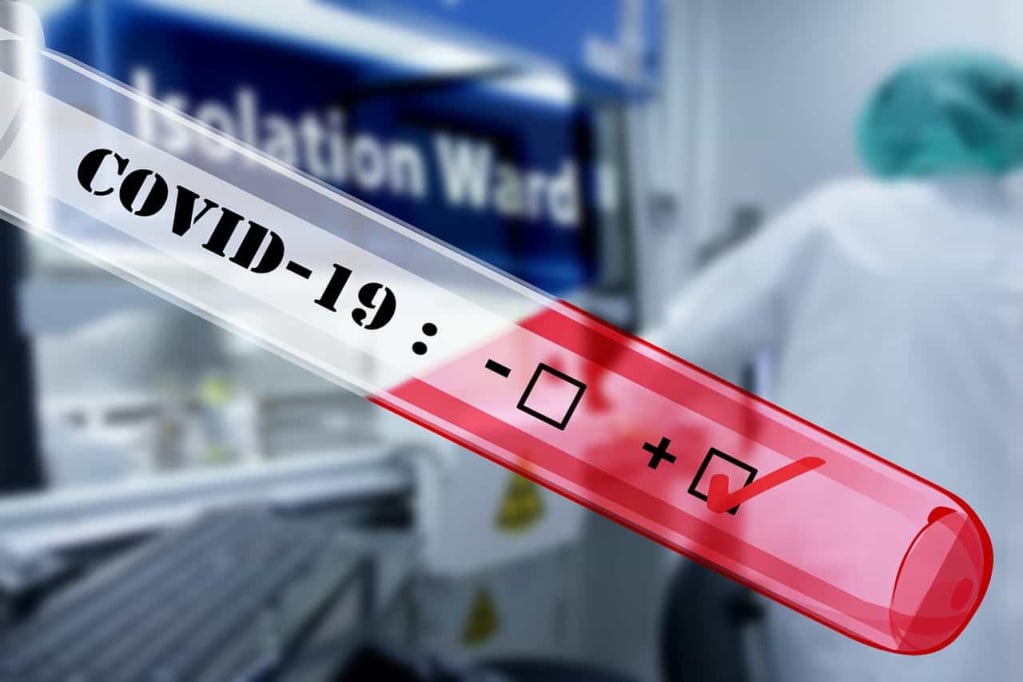
Until now, the death rate for COVID-19 is estimated to be between 0.25 and 4 percent. However, the number of patients who recovered was far more than the patients who died, so it can be said that the death rate was lower than SARS.
This is because SARS is said to be more deadly than the COVID-19 coronavirus with a death rate of around 10 percent of the total number of cases. In addition, the effects of COVID-19 in certain groups turned out to be different than SARS.
3. Transmission

One thing that is enough to make SARS and the COVID-19 coronavirus so different is the rate of transmission. Unlike SARS, COVID-19 has a high number of cases because it is easier to infect from one person to another.
This may be because the amount of the virus in the COVID-19 patient is present in the nose and throat shortly after symptoms appear.
This transmission is quite different from SARS. In the case of SARS, the number of viruses will continue to increase when the virus has ‘stayed’ in the body for several days.
Therefore, the transmission of COVID-19 is much easier because when the initial symptoms have just occurred, the virus can spread to other people earlier before the patient’s condition worsens.
In fact, as previously stated, COVID-19 positive patients can transmit the virus before symptoms appear. Such cases were not found in SARS, so the transmission of COVID-19 was much faster.
4. Genome
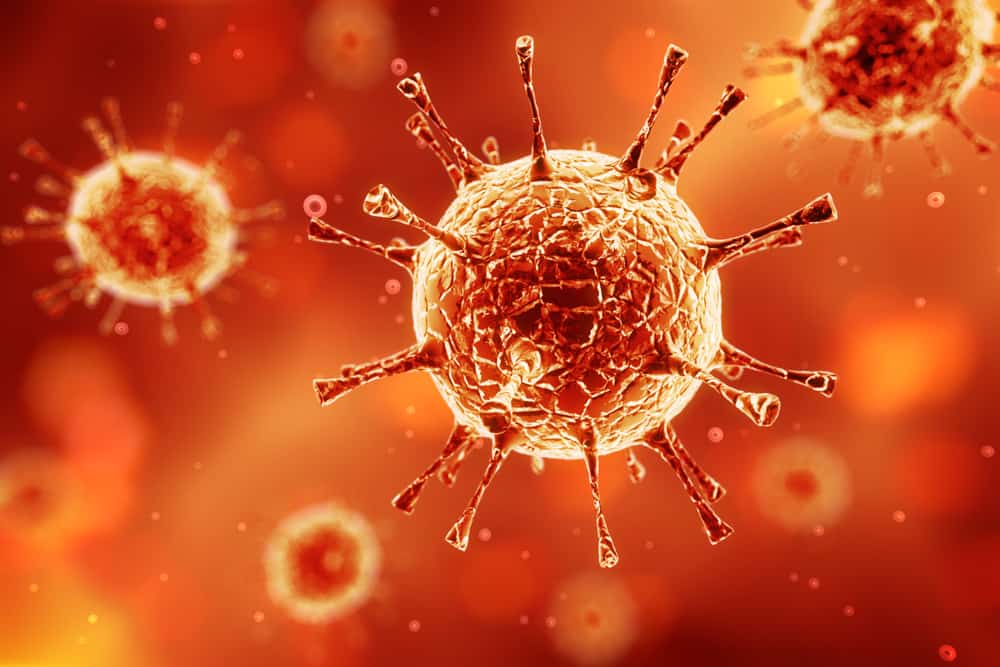
There was recently a study published in the journal The Lancet which revealed complete genetic information (genome) for SARS-CoV-2. SARS-CoV-2 is the name of the virus that causes COVID-19.
In this study, it appears that SARS-CoV-2 is more closely related to the coronavirus in bats than the virus that causes SARS. This proves that COVID-19 has a genetic similarity with the SARS virus by 79 percent.
One thing you need to remember is that when viruses enter cells, they need to interact with proteins on the surface of the cell, aka receptors. Then, the virus will spread through the proteins on the surface.
When this virus was analyzed with other coronaviruses, the results were quite interesting, namely SARS-CoV-2 was more similar to the coronavirus in bats.
5. Virus binding process

In fact, until now experts are still in the research process to see how the COVID-19 coronavirus binds and how it differs from SARS. The results are quite variable because this study was conducted with protein, not in the virus as a whole.
According to research from Cell, SARS-CoV-2 with SARS-CoV actually uses the same host cell receptor. Both viruses also use viral proteins that are used to enter host cells and bind to receptors with the same affinity.
However, other research trying to compare areas of viral proteins responsible for binding to host cell receptors. Researchers saw that SARS-CoV-2 binding to the host cell receptor with a higher affinity than SARS.
In essence, if the COVID-19 coronavirus has a higher affinity for its host cell receptors, this could explain why COVID-19 spreads more easily than SARS.
6. Treatment
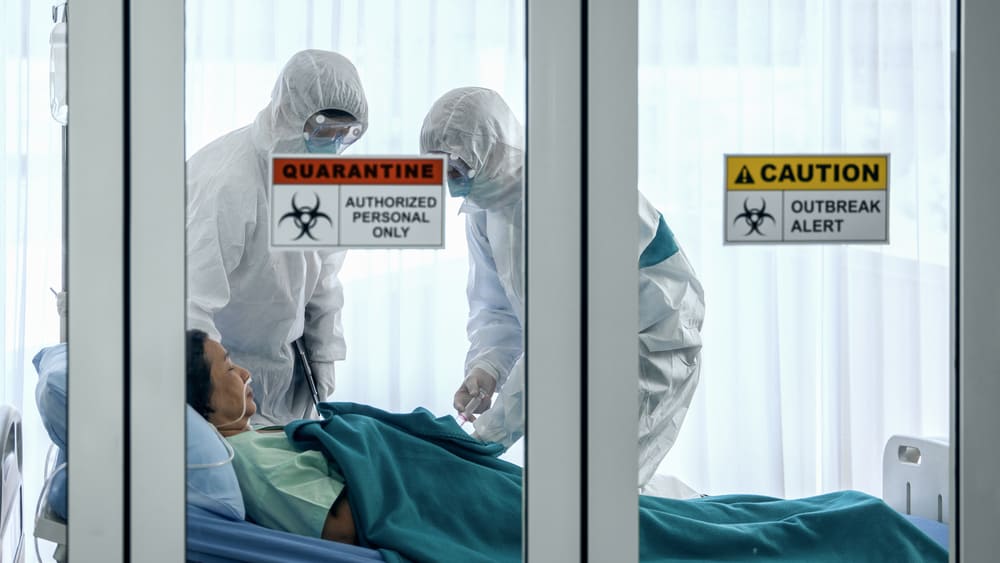
Until now, there is no drug that can specifically cure the COVID-19 and SARS coronavirus.
The team of doctors has made every effort to combine several antiviral drugs with other drugs so that the patient is healthier and the body is able to fight the virus. Starting from lopinavir, ritonavir, to chloroquine used to relieve the patient’s symptoms.
Meanwhile, SARS patients have proven to be effectively treated with lopinavir, ritonavir, as well as the newest broad-spectrum antiviral drug named remdesivir.
What’s more, for COVID-19 patients who need a ventilator, the drugs given will be different. Apart from antiviral drugs, patients with this condition also need infusions, oxygen, and other medications that match their symptoms.

Therefore, COVID-19 patients need to be hospitalized or self-quarantine so that their conditions can be monitored and do not make it easier for the virus to infect other people.
The coronavirus COVID-19 and SARS do have a lot in common. However, it is important to know what differences you have in order to see what disease you actually have.
Don’t forget to make efforts to prevent the transmission of COVID-19 by maintaining your health and body hygiene and keeping your distance from other people, aka physical distancing.
Read all articles about coronavirus (COVID-19) here.
Hello Health Group does not provide medical advice, diagnosis or treatment.
Treatments for COVID-19. (2020). Harvard Health Publishing. Retrieved 05 April 2021, from https://www.health.harvard.edu/diseases-and-conditions/treatments-for-covid-19
Petrosillo, N., Viceconte, G., Ergonul, O., Ippolito, G., & Petersen, E. (2020). COVID-19, SARS and MERS: are they closely related?. Clinical Microbiology And Infection. doi: 10.1016 / j.cmi.2020.03.026. Retrieved 05 April 2021.
Seladi-Schulman, J. (2020). COVID-19 vs. SARS: How do they differ? Healthline. Retrieved 05 April 2021, from https://www.healthline.com/health/coronavirus-vs-sars
Symptoms of Coronavirus. (2020). CDC. Retrieved 05 April 2021, from https://www.cdc.gov/coronavirus/2019-ncov/symptoms-testing/symptoms.html?CDC_AA_refVal=https%3A%2F%2Fwww.cdc.gov%2Fcoronavirus%2F2019-ncov%2Fabout%2Fsymptoms.html
WHO Team. (2020). Q&A on coronaviruses (COVID-19). World Health Organization. Retrieved 05 April 2021, from https://www.who.int/news-room/qa-detail/qa-coronaviruses